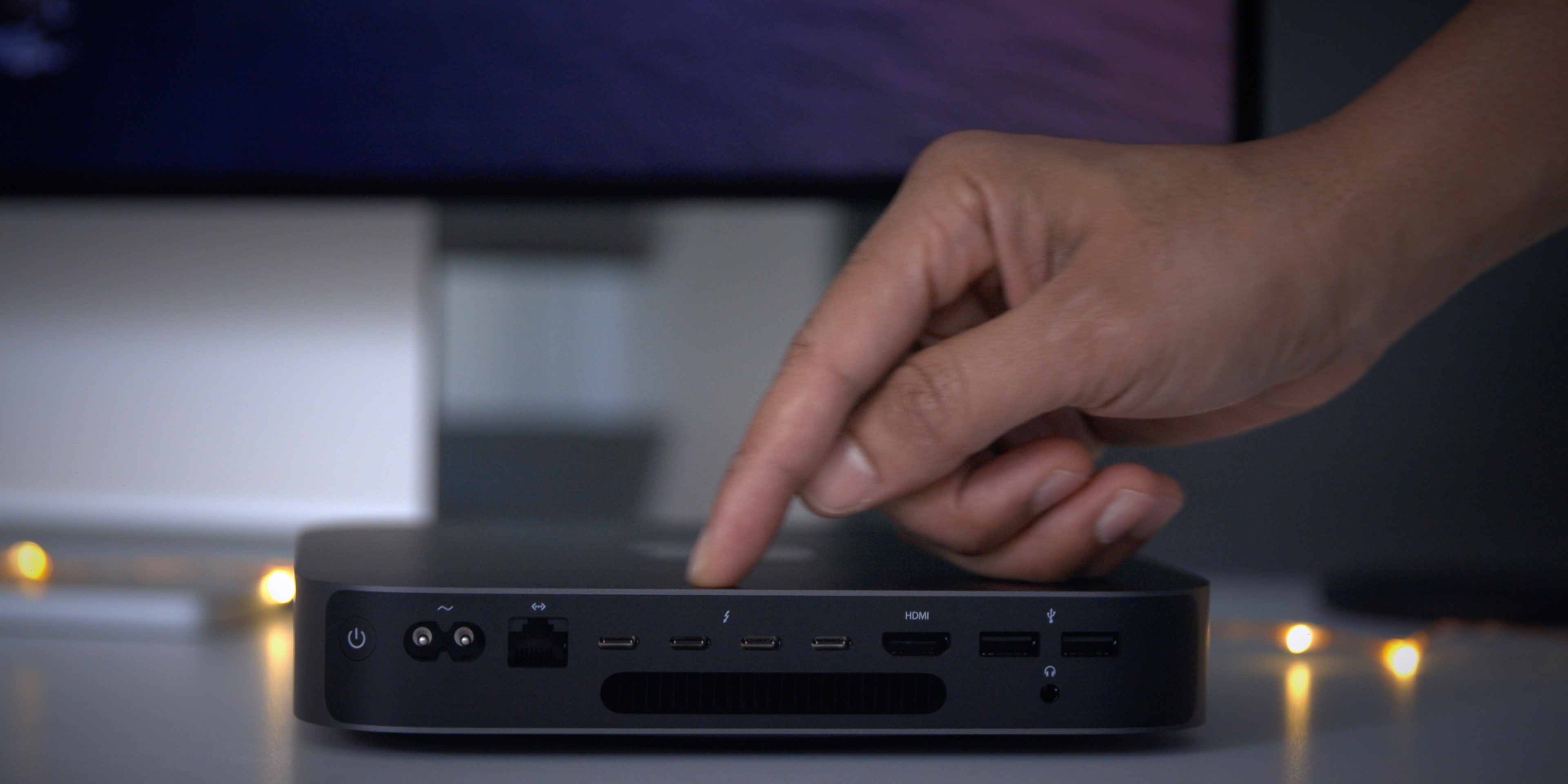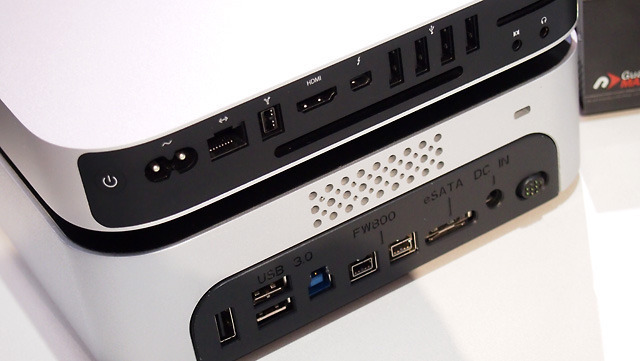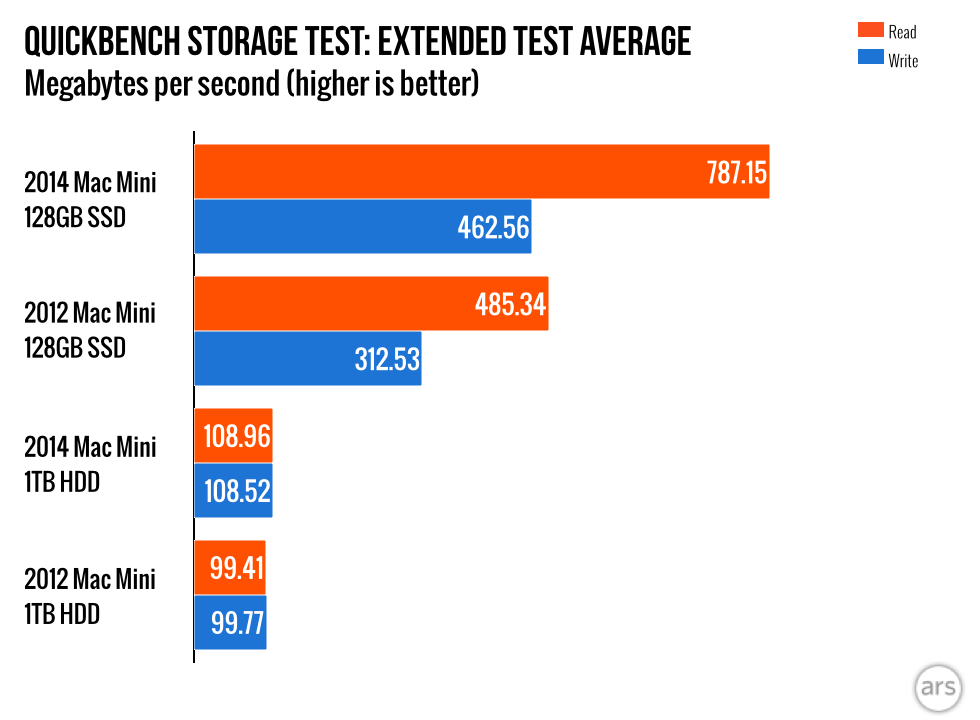Don’t know why but my Tiger’s DVD won’t load in my Mac mini PowerPC G4… Hopefully, I can read it from another DVD drive, namely my MacBook Pro’s one. Here’s how I booted the mini from a USB key to reinstall Mac OS X.

Mac mini (M1, 2020) MacBook Air (Retina, 13-inch, 2018 - 2019) MacBook Air (13-inch, Early 2015 - 2017).
Late 2012 Mac Mini
- Actually the thunderbolt-only thing has been what's stopped me from buying one of the Apollo Duos. I still use a Mac Pro for my home studio, and have a thunderbolt Macbook Pro, but if I'm gonna buy more UA stuff, it has to work for both. The Mac Pro has a USB 3 card. It can never support thunderbolt.
- Elecife USB C Mac Mini Docking Station. The Elecife Docking Station is a Mac Mini exclusive USB C hub that sports 7 ports. It comes with 2x USB 3.0, 2x USB 2.0, and a Type C Host port. The USB 3.0 port can give you data transfer speeds that clock up to 5 Gbps. There is also a 2.5” Hard drive enclosure within this Mac Mini dock.
- Install Win-to-USB in the Windows 10 VM. Double-Click the WinToUSBFree.exe in Windows. Install Win-to-USB with all of the defaults in your selected language. Next, we run Win-to-USB. Double-Click the desktop Icon for Win-to-USB. If you bought a License to install 1809 October update, click Upgrade now. Enter your license key and click Register.
- New Listing Apple Mac Mini 6,2 A1347 Late 2012 i7-3615QM 2.3Ghz 4-Core 8GB 500GB Wi-Fi -READ.
To build a bootable USB stick, you’ll have to copy the DVD’s content onto the USB key:
- Insert Mac OS X Install disc in the DVD tray ;
- Plug the USB stick ;
- Start the Disk Utility ;
- Select the USB stick and click on the “Partition” button ;
- Configure a “One partition” map, select the “Apple Partition Map” option, label it “osx” and format using “Extended Mac OS” ;
- Click “Apply” to create the partition ;
- Select the USB stick and click on the “Restore” button ;
- Drag “Mac OS X Install Disc 1 ” to the “source” input box ;
- Drag the “osx” partition to the “destination” input box ;
- Click the “Restore” button and wait till it’s done.
When finished, check the partition name (mine is disk2s3) and eject the USB stick.
Insert the USB stick in the Mac mini and power it on, holding Command-Option-O-F right after the machine is turned on. This will drop you to OpenFirmware.
When you get the prompt, issue the devalias command and check if you see any ud device. This would be the USB stick device. If so, let’s continue. If not, you’re stuck.
Issue the printenv boot-device command to check the booting configuration. You should see something like hd:,:tbxi. Issue the setenv boot-device ud:3,:tbxi ; the number “3 ” corresponds to the device partition disk2s3. If the command went well, you’ll get a ok. Check to be sure it’s all right issuing printenv boot-device again.
You should now see boot-device ud:3,:tbxi hd:,:tbxi. If so, you can now boot the Mac using mac-boot.
The Mac mini should now boot from the USB stick.
It’ll start the installation process and you’ll be able to install Mac OS X the usual way.
That’s All Folks!

Information about these and other types of Mac ports is in the specifications for your Mac: Choose Apple menu > About This Mac, click Support, then click Specifications. Or check your Mac user guide.
Thunderbolt / USB 4
These Mac models have Thunderbolt / USB 4 ports:
You can connect a single external display and other devices that connect using either a Thunderbolt 3 cable or USB-C cable. You can also connect a USB-C charge cable to charge your notebook, or a USB-C to Lightning cable to charge your iPhone or iPad. If you have a device that doesn't connect to this port, you might be able to use an adapter to connect it.
On iMac (24-inch, M1, 2021), the symbol appears above each Thunderbolt / USB 4 port. To connect a display, use either of the ports with the Thunderbolt symbol .
Thunderbolt 3
These Mac models have Thunderbolt 3 ports:
- iMac (Retina 5K, 27-inch, 2020)
- iMac (Retina 5K, 27-inch, 2019)
- iMac (Retina 4K, 21.5-inch, 2019)
- iMac (Retina 5K, 27-inch, 2017)
- iMac (Retina 4K, 21.5-inch, 2017)
- iMac (21.5-inch, 2017)
- iMac Pro
- Mac Pro (2019)
- Mac Pro (Rack, 2019)
- Mac mini (2018)
- MacBook Air (Retina, 13-inch, 2020)
- MacBook Air (Retina, 13-inch, 2019)
- MacBook Air (Retina, 13-inch, 2018)
- MacBook Pro (13-inch, 2020, Two Thunderbolt 3 ports)
- MacBook Pro (13-inch, 2020, Four Thunderbolt 3 ports)
- MacBook Pro (16-inch, 2019)
- MacBook Pro (13-inch, 2019, Two Thunderbolt 3 ports)
- MacBook Pro (15-inch, 2019)
- MacBook Pro (13-inch, 2019, Four Thunderbolt 3 ports)
- MacBook Pro (15-inch, 2018)
- MacBook Pro (13-inch, 2018, Four Thunderbolt 3 ports)
- MacBook Pro (15-inch, 2017)
- MacBook Pro (13-inch, 2017, Four Thunderbolt 3 ports)
- MacBook Pro (13-inch, 2017, Two Thunderbolt 3 ports)
- MacBook Pro (15-inch, 2016)
- MacBook Pro (13-inch, 2016, Four Thunderbolt 3 ports)
- MacBook Pro (13-inch, 2016, Two Thunderbolt 3 ports)
Use these ports with displays and other devices that connect using either a Thunderbolt 3 cable or USB-C cable. You can also connect a USB-C power adapter and cable to charge your notebook computer. If you have a device that doesn't connect to this port, you might be able to use an adapter to connect it.

If your Mac notebook or desktop computer has more than one port like this, each port supports Thunderbolt 3 and USB-C.
USB 3
These Mac models have USB 3 ports:
- iMac (24-inch, M1, 2021) with four ports
- MacBook (Retina, 12-inch, 2017)
- MacBook (Retina, 12-inch, Early 2016)
- MacBook (Retina, 12-inch, Early 2015)
On MacBook, use this port with displays and other devices that connect using a USB-C cable. You can also connect a USB-C power adapter and cable to charge your notebook computer. If you have a device that doesn't connect to this port, you might be able to use an adapter to connect it.
On iMac (four-port model only), use the USB 3 ports with external devices that connect using a USB-C cable. To connect an external display, use either of the ports with the Thunderbolt symbol .
Thunderbolt
These Mac models have Thunderbolt or Thunderbolt 2 ports:
- MacBook Pro introduced in 2011 through 2015
- MacBook Air introduced in 2011 through 2017
- Mac mini introduced in 2011 through 2014
- iMac introduced in 2011 through 2015
- Mac Pro introduced in 2013
Use these ports with displays and other devices that connect using a Thunderbolt cable.
Thunderbolt and Thunderbolt 2 are not the same as Mini DisplayPort . They have the same shape, but use different symbols on the cable and port. However, this port does support Mini DisplayPort for video output, so you can use a Mini DisplayPort cable to connect a Mini DisplayPort display.
Mini DisplayPort

These Mac models have Mini DisplayPort:
- MacBook Pro introduced in late 2008 through 2010
- MacBook Air introduced in late 2008 through 2010
- Mac mini introduced in 2009 and 2010
- iMac introduced in 2009 and 2010
- Mac Pro introduced in 2009 through 2012
Use this port with displays that connect using a Mini DisplayPort cable.
Mini DisplayPort is not the same as Thunderbolt or Thunderbolt 2 . They have the same shape, but use different symbols on the cable and port.
USB-A
Use these ports with devices that connect using a USB-A cable. USB ports are sometimes known by the USB specification of the port, such as USB 2 or USB 3.

Left to right: power, two Thunderbolt, USB-A, and Audio-Out.
HDMI
Use HDMI with displays and TVs that connect using an HDMI cable.
Ethernet
Use Ethernet with networks and devices that connect using an Ethernet (RJ45) cable.
On some iMac models, the Ethernet port is located on the computer's power adapter. If your power adapter doesn't have an Ethernet port, you can use an Ethernet adapter.
FireWire
Use FireWire with devices that connect using a FireWire 400 or FireWire 800 cable.
SD card
Use the SD card slot with SD, SDHC, SDXC, MMC, and UHS-II media cards, such as those used by digital cameras.
Audio
Use Audio-Out — or — with headphones, speakers, and other audio-output devices that connect using an audio cable that has a 3.5 mm (1/8 inch) audio jack.
Use Audio-In with a microphone or other audio-input device that connects using an audio cable that has a 3.5 mm (1/8 inch) audio jack.
Power
Use the power port , if available, to connect your computer to AC power using a MagSafe cable or adapter. This port isn't available on newer Mac notebook computers, which use Thunderbolt 3 or USB-C for power and charging. Learn more about power adapters and cables for Mac notebook computers.